-
About
- About Listly
- Community & Support
- Howto
- Chrome Extension
- Bookmarklet
- WordPress Plugin
- Listly Premium
- Privacy
- Terms
- DMCA Copyright
- © 2010-2025 Boomy Labs


 paula-cover
paula-cover
Listly by paula-cover
The Science4Us curriculum is a complete, standards-based, core science curriculum that delivers digital and real-world science experiences using the 5E's to kindergarten, 1st grade and 2nd grade students.
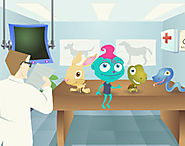
Tools are used to collect information. Some tools, like rulers, are used to measure or to find out how big something is. Other tools, like hand lenses, are used to observe and study things carefully. This module introduces students to the different types of tools used in science and how they help us study the world around us.
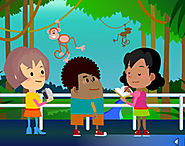
Plants and animals live in many different habitats such as the forest, desert, ocean, pond, or farm. Although these habitats may look very different, they all meet the needs of the plants and animals that live there. This module introduces students to different types of habitats and the living things that are found in them.

All living things need energy to live and grow. Most plants get their energy from sunlight whereas people and other animals get their energy from the food they eat. This module explores the relationships between living things and the energy sources they need to thrive.
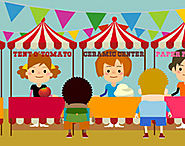
Matter can change in many ways; some changes alter the appearance, while others create new and different matter. In this module, students explore chemical changes and physical changes, including phase changes, of matter.

Electrical energy is energy that is used to run appliances and tools. Electricity is generated at power plants from renewable and nonrenewable energy sources before it travels through power lines to all of the necessary locations. In this module students explore the various uses of electricity and the energy sources used to generate electricity.
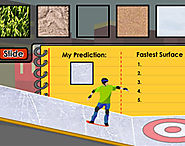
Fast or slow, objects, people, animals, liquids, and even gases move. In this module students begin to describe and learn to measure motion, a change in position.
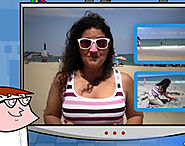
Heat energy is energy that can be felt. Heat energy can be natural, like the heat we get from the sun, or man-made. In this module students explore the properties and characteristics of heat energy, its uses, and various sources of man-made and natural heat.
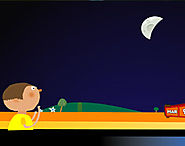
Over and over, the Moon changes phase, day turns to night and spring becomes summer. These cycles of change happen as the Earth spins on its axis while orbiting around the sun. This module introduces students to the different cycles observed on Earth.
